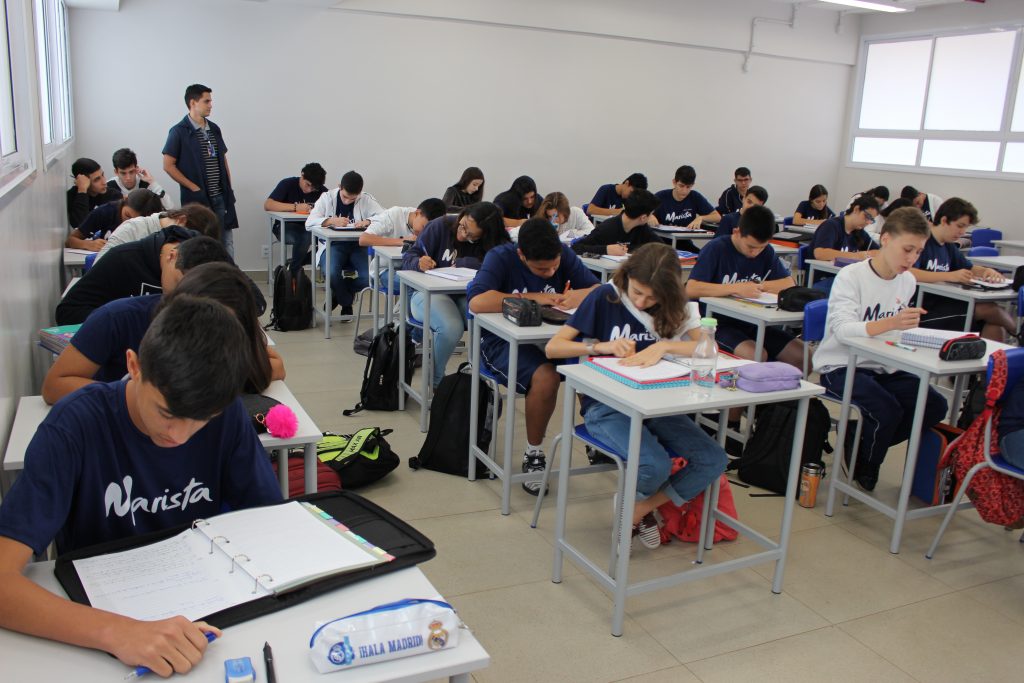São Paulo – “We could put ourselves in the shoes of the people who are experiencing this conflict. And after the study, we thought on ways to end the conflict.” This sentence is by Debora Castro, who was a middle-school student in Colégio Marista in Goiania, Brazil, last year. During classes, one of the activities put forth by two teachers involved a detailed study of a delicate issue: the conflict in Syria. The project resulted in letters the middle-school students wrote and sent to the United Nations (UN). In their texts, the students highlighted the political interests of the countries involved in the war.
The texts were developed after a writing assignment. The action was put forward and oriented by the writing teacher Sara Castro and the geography teacher Dallys Dantas. The students are now freshmen in high school. “I had already addressed topics of conflicts but had never reached a proposal so practical or deep as this one. I loved it! They were taken aback. I saw it and it’s gratifying,” remembers Dallys Dantas.

The geography subject-matter would already address war topics, but the teacher decided to join Castro in an activity that truly engaged the students. “The conflict in Syria already involves many aspects because of its dimension and in fact, other countries, so we’ve decided to address this,” explained Dallys Dantas.
The teacher also justifies choosing UN as the letters’ addressee. “During our research, we saw that, for security reasons, UN would have to be an important agent to mediate the conflict, but this has not been done successfully by the Security Council. So we tried to understand why not, who represents the conflict, what are their interests,” said the teacher.
The work included reading and discussing references such as reports by the United Nations High Commissioner for Refugees (UNHCR); the British documentary ‘The White Helmets’ (2016); and stories by the international newspapers El País (Spain), BBC News (England), and Deutsche Welle (Germany).
“The activity had two main goals: reinforcing our students agency and, most importantly, draw the United Nations attention to the Syrian issue, highlighting the humane dimension the topic involves,” complemented Sara Castro.
Over two months, the students also hold debates about which are the countries involved and how the current conflict relates to political aspects between the current president and its opponents. The teachers saw positive results in the students learning. “They’d already knew about the conflict as it has been in the media since 2011. But they didn’t truly understand the reasons, or its actual implications nor the number of refugees, for example,” said Dantas.
Now the geography teacher wants to address these countries in new ways. “We discussed the standoff between Israel and Palestine, specially the Gaza Strip issue and how the population suffers for being stuck in that small space. But now, I want to work with other sources that show the Middle East people from another perspective, different from these stereotypes,” he concluded.
Translated by Guilherme Miranda




